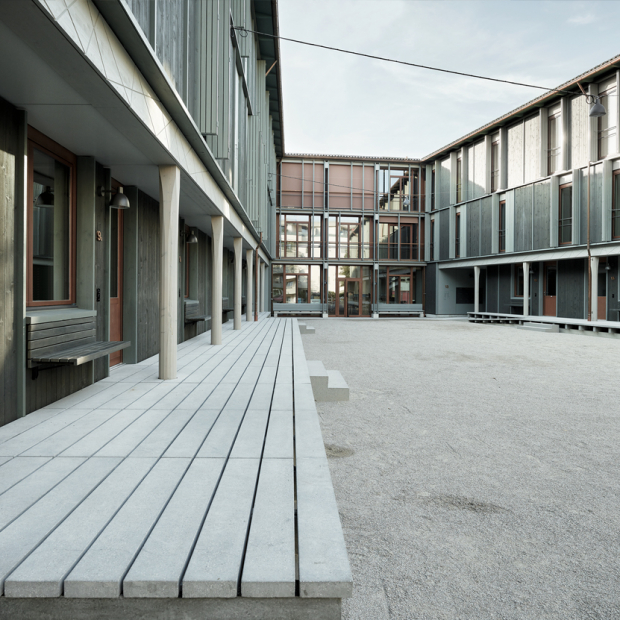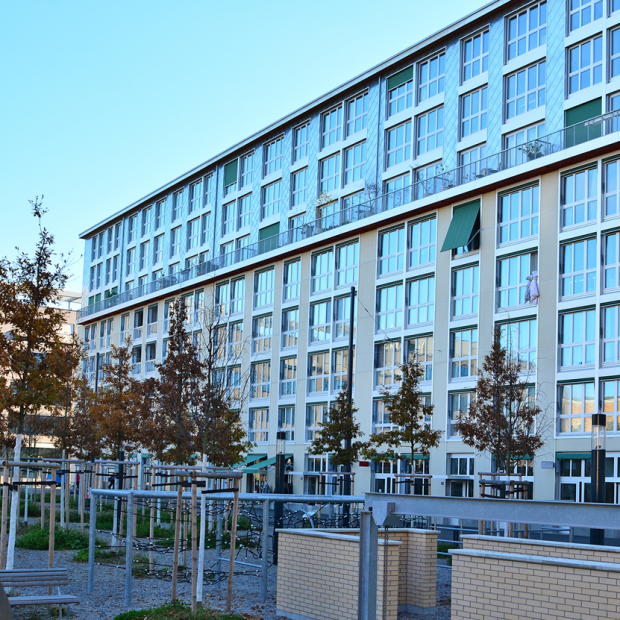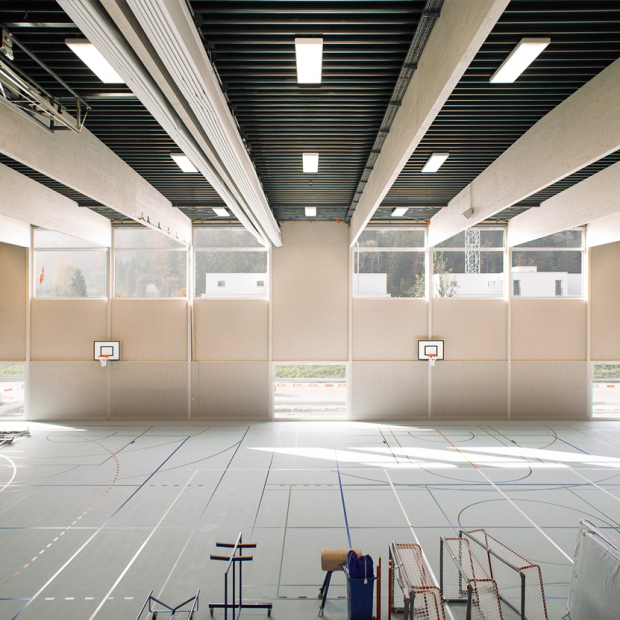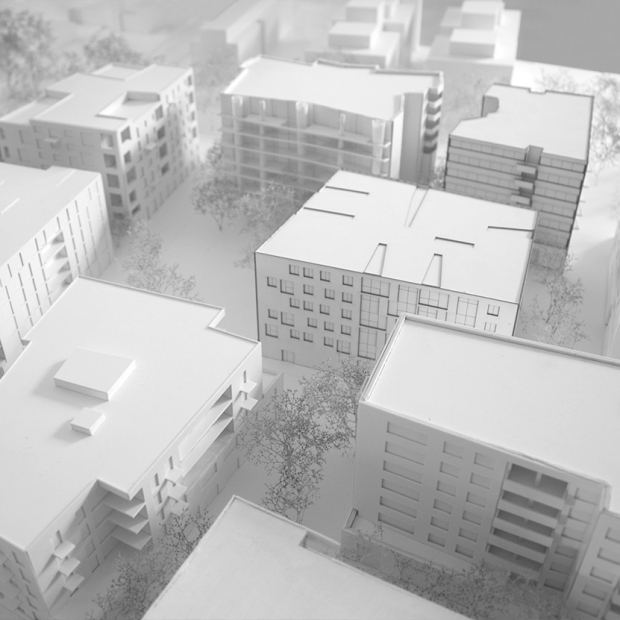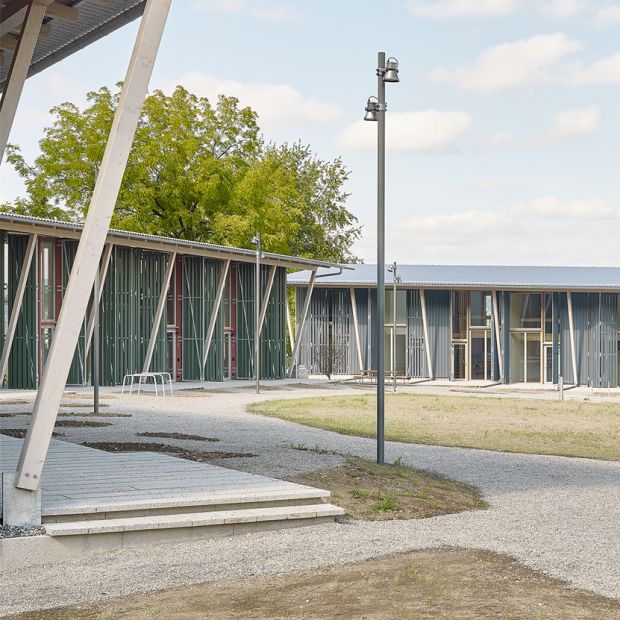
Wood construction
The reputation of wood in the construction sector has changed considerably in recent years. While it was regarded as homey in the 1980s and 1990s, over the past two decades it has come to be regarded as innovative. There is scarcely a material whose use has developed as much as that of wood – both with respect to construction techniques (e.g. compositions and fasteners) and design and construction processes.
Today, many wood constructions are not even recognizable as such. The crucial advantages are often simply related to ecological factors and building physics, as well as a high degree of prefabrication, which enables on-time delivery and improved construction quality. That being said, many still prefer to use wood for its immediate visual or aesthetic appeal, including its ability to convey a sense of warmth and coziness.
As structural engineers and facade designers, we are fascinated by the sheer versatility of wood, the expanding range of its technical applications, the various types and compositions available, the combination of ancient craft and digital planning, as well as its aesthetic properties and the promise it offers as we attempt to move towards more sustainable forms of architecture.
More than any other type of construction, wood construction requires interdisciplinary cooperation in the design and planning phase. Issues relating to structural engineering, fire protection, building physics and building services engineering all need to be considered and harmonized with the help of innovative and project-specific solutions. We value the associated intense exchange of information that takes place among the members of our planning teams. This leaves us delighted every time to take on the rewarding challenges of wood-construction projects. We like to combine proven approaches with new and creative approaches, and we regard the combination of wood with other building materials as a fascinating task, and one that introduces the possibility of achieving an optimal building.
Projects for Topic Wood construction

